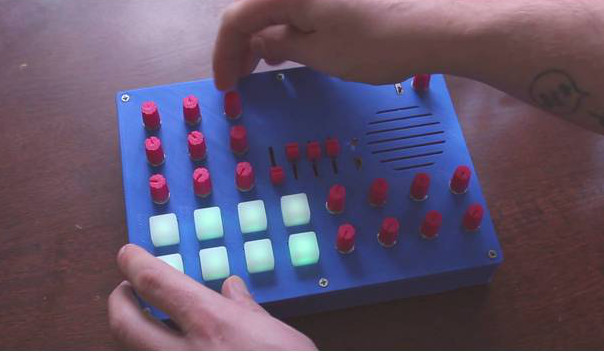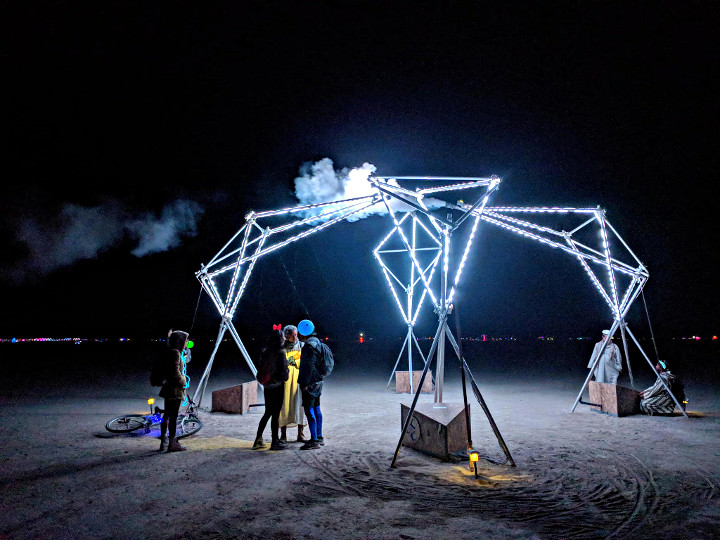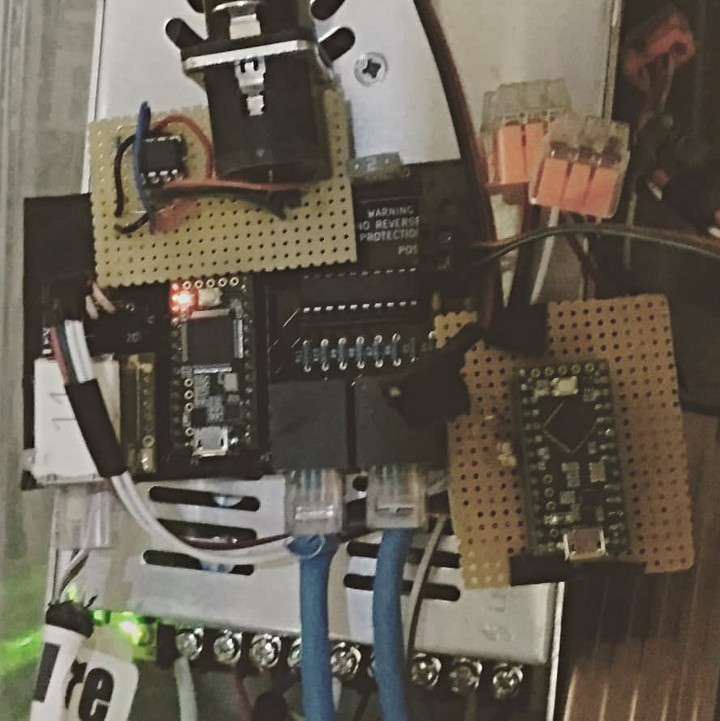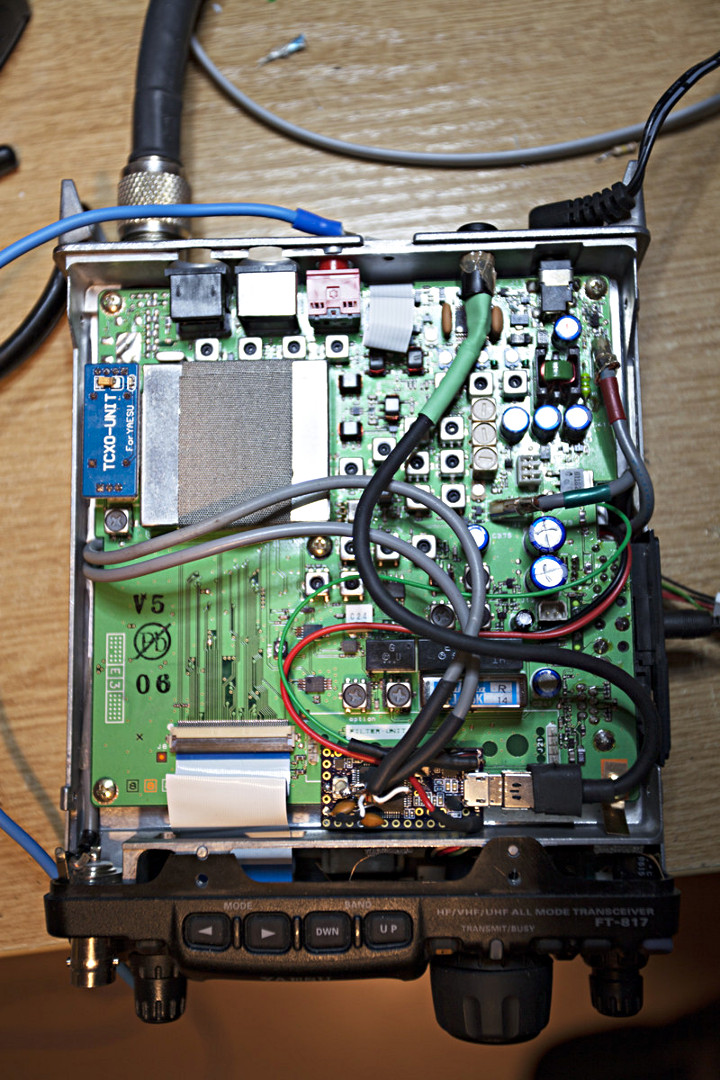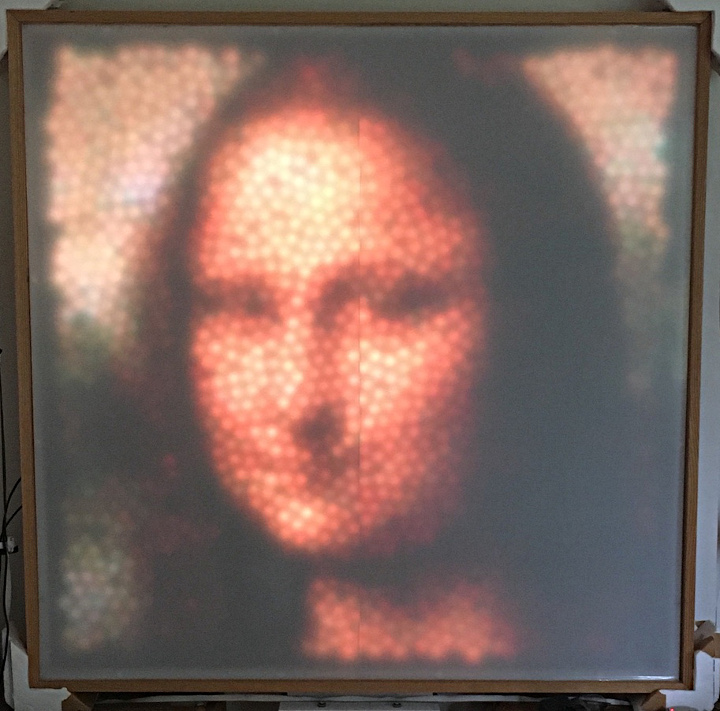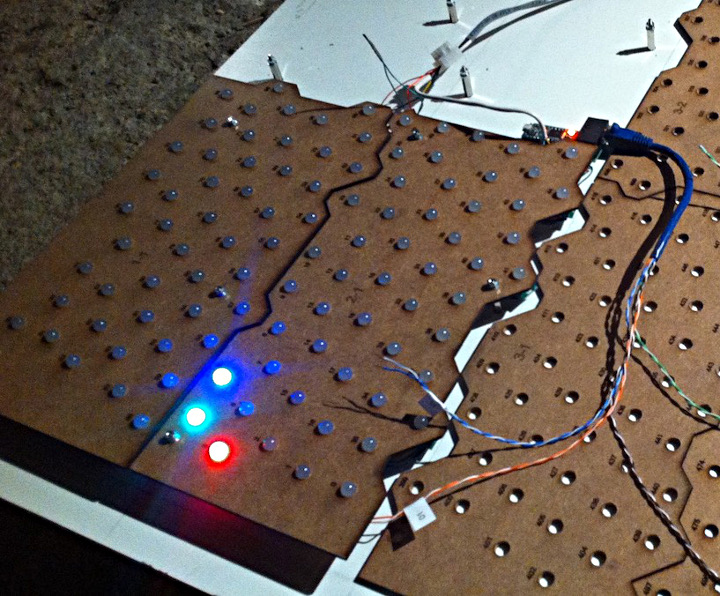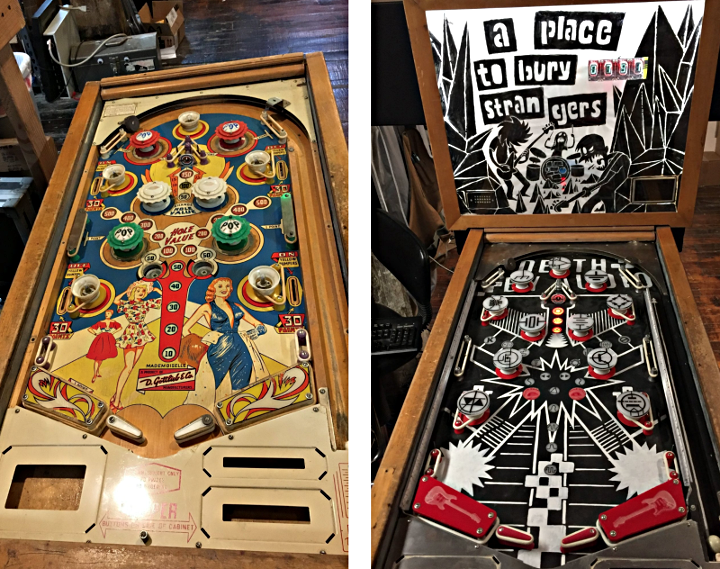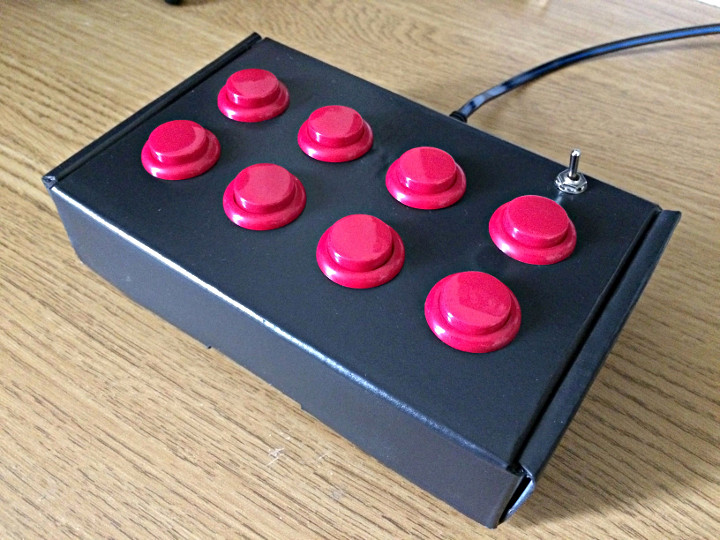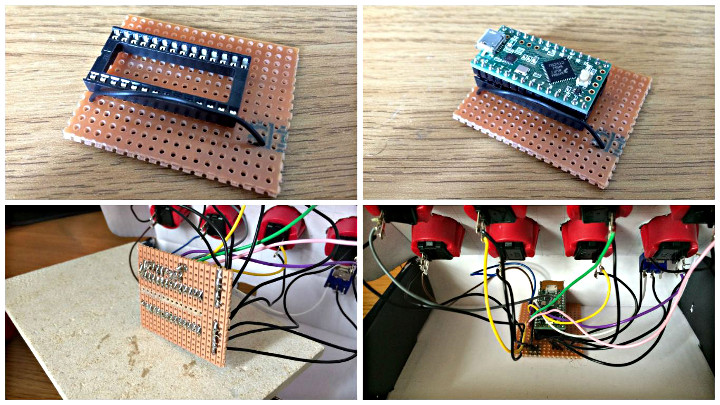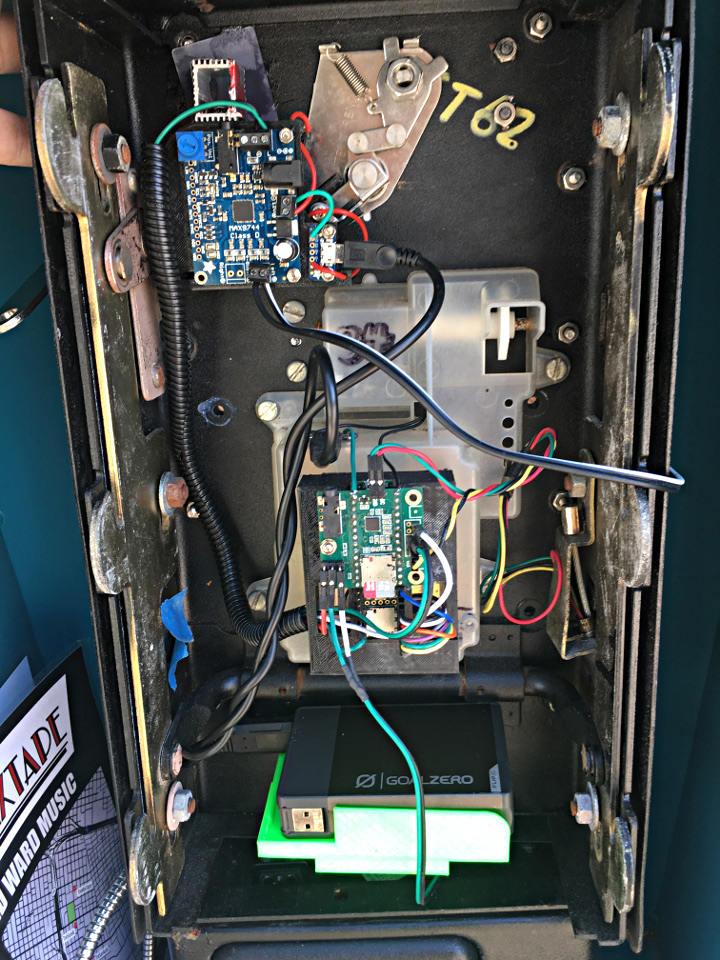Brown Dog Gadgets has developed Crazy Circuits, an awesome circuit building system that work with Legos.
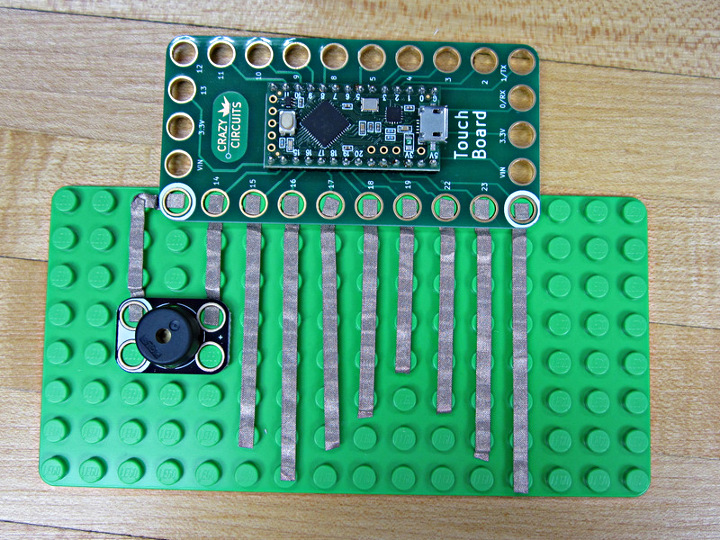
They feature several different projects including Lego based, interactive wearables, and conductive materials such as paint, thread, and clay. Several different components are available with many of them ready to fit onto a Lego board. They have many project tutorials published to get you going and code for the projects is published on GitHub.
